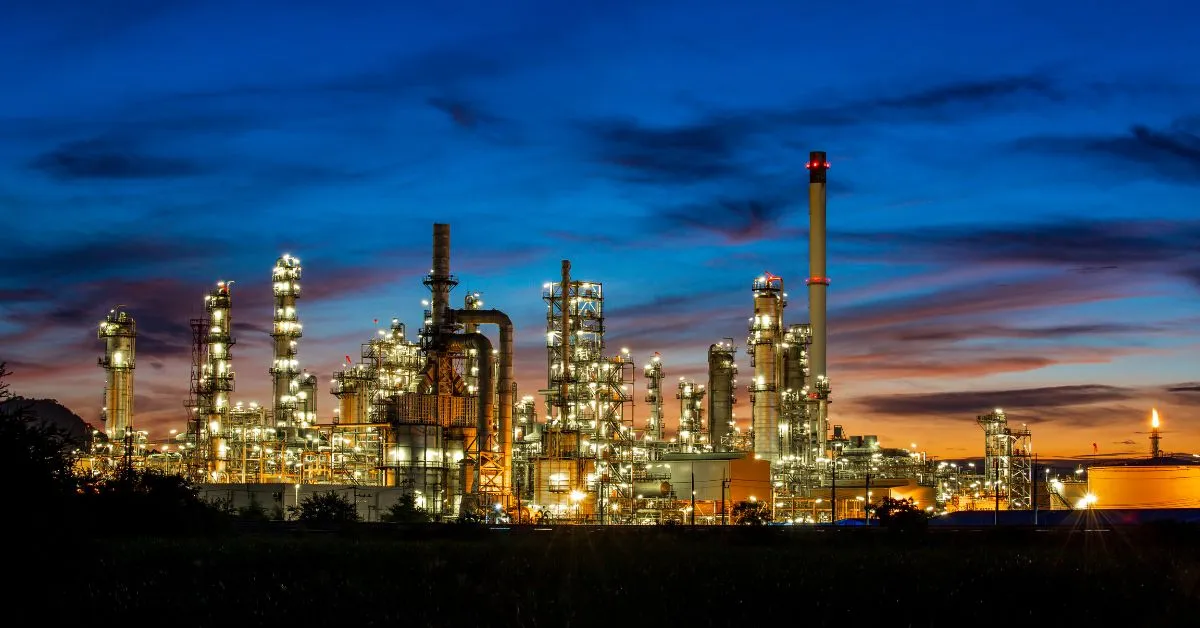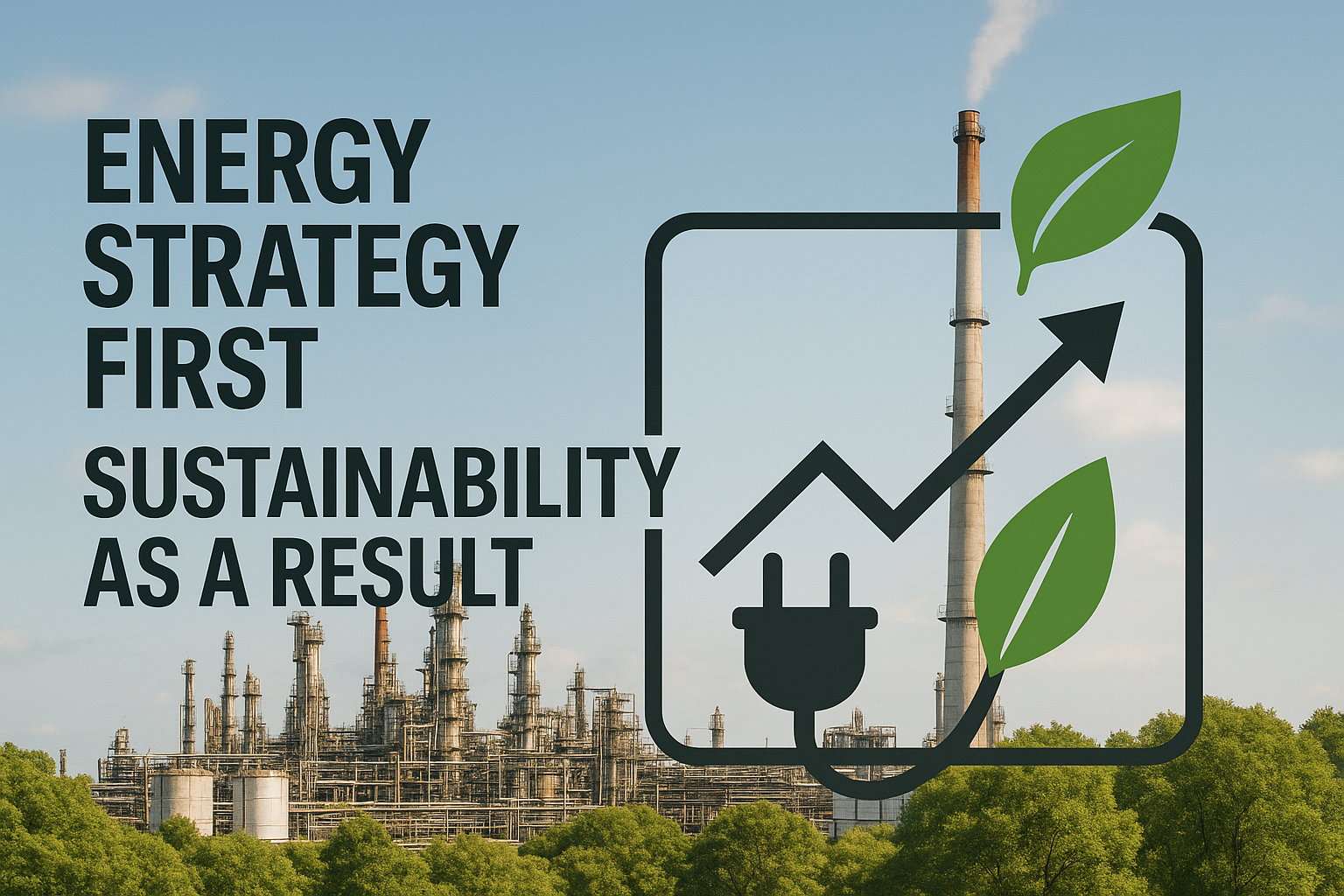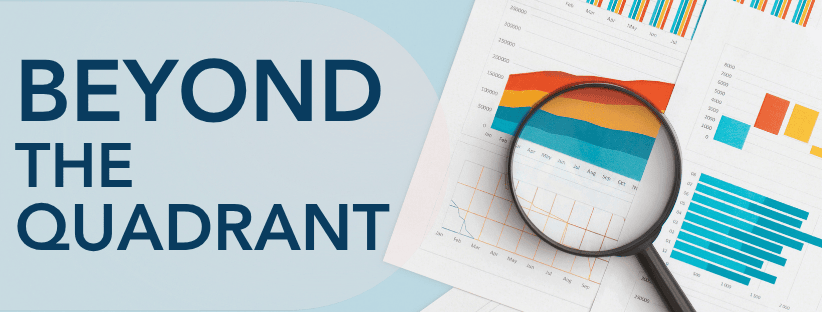When your depropanizer drifts a few degrees or a single valve sticks, propane giveaway spikes, energy usage climbs, and profitability shrinks. AI-powered optimization solutions attack those constraints head-on, uncovering operating points that traditional advanced process control (APC) and manual tweaks miss.
This comprehensive guide walks you through five critical steps: depropanizer fundamentals, why AI outperforms traditional control, core AI strategies, measuring ROI, and proven implementation tactics. Keep reading if you’re looking for clear, actionable direction on turning industrial AI into measurable improvements in propane recovery, energy efficiency, and column reliability.
Depropanizer Fundamentals: Variables, Constraints & Pain Points
The depropanizer separates propane (C₃) from heavier C₄+ hydrocarbons, leaving FCC, Coker, or steam-cracking units. Top pressure sets relative volatility, push it too high and separation slips, too low and energy costs spike. Reflux ratio locks in purity, while reboiler duty supplies heat for the split. Feed composition swings and bottom-temperature control complete a tightly coupled system that reacts to every small change.
Propane specifications, steam budgets, and flooding limits create the economic constraints. The pain points are familiar: C₃ giveaway that ends up in the flare, excess energy burned through conservative reflux, and tray or packing fouling that hikes differential pressure toward a shutdown. Analyzer feedback often arrives 30–40 minutes late, a dead time that slows correction and erodes margins when propane prices swing and every tonne of CO₂-intensive steam counts.
Why AI Outperforms Traditional PID/APC on Depropanizers
Traditional PID loops excel in controlling single variables but falter when every change in top pressure, reflux, or reboiler duty ripples across the column. Under multivariable interaction, tuning becomes guesswork, and variability creeps back in, an issue documented by the review of PID weaknesses on complex units like depropanizers.
Long analyzer delays add another hurdle; with composition data arriving late, the loop can only chase errors, not prevent them.
Traditional APC helps, but building and validating those models demands weeks of engineering and periodic retuning as fouling, sensor drift, and feed changes erode accuracy. The result is a cautious operating window, extra energy, and constant spreadsheet updates.
Industrial AI breaks that cycle. Deep learning captures hidden nonlinear relationships, while Reinforcement Learning (RL) agents keep re-optimizing as conditions evolve, so the model stays fresh instead of stale. Because the controller adapts in real time, you can tighten purity limits without flirting with off-spec production and redirect your focus from manual tweaks to higher-value projects.
Core AI Strategies for Smarter Depropanizer Management
Building on the limitations of traditional control methods, industrial AI transforms depropanizer management through five integrated strategies that optimize performance continuously:
- Real-time monitoring using multivariate neural networks detects minute deviations between tray temperatures, differential pressure and column feed, often predicting hydraulic floods ten minutes before alarms trigger.
- Predictive maintenance analyzes trends and vibration patterns to forecast fouling rates, reducing maintenance costs while extending asset life through strategic maintenance windows.
- Reinforcement Learning (RL) enables adaptive set-point control, automatically adjusting reflux-to-feed ratio or reboiler duty as feed composition changes, maintaining purity while minimizing energy costs.
- Soft sensors provide real-time C₃ purity predictions every few seconds instead of waiting 30 minutes for lab results, matching lab accuracy within 0.1% using temperature profiles, pressure readings, and feed composition.
- Seamless DCS integration converts insights to action through writeable tags and operator message queues that implement optimized targets without disrupting existing APC systems.
This integrated approach has proven valuable beyond depropanizers, with early adopters extending these techniques to complex assets, where feed variability and regulatory pressures further enhance the value of predictive optimization.
What to Do When Models Drift
Model performance can slip as sensors age or feed quality shifts. When trends feel “off,” start by confirming that critical instruments are calibrated and healthy; even a single sticky temperature transmitter can skew predictions.
Check the date range used for the latest training cycle, omitting recent turnaround data, for example, can leave the model blind to today’s operating envelope. Verify network latency between the AI server and the DCS; intermittent data drops often masquerade as algorithmic faults.
Watch for telltale signs of drift: the soft sensor’s purity prediction diverges from sample results, controller moves become more aggressive, or energy usage creeps upward despite steady throughput.
If quick checks don’t resolve the issue, escalate to your digital team to retrain the model with fresh, high-quality data or roll back to a prior version. Staying disciplined on these basics keeps the AI learning, and your column on spec.
Measuring Success & Demonstrating ROI
To make a strong case for AI optimization, you need clear, quantifiable results. Focus on four KPI groups that directly impact financial performance:
- Yield: Track on-spec propane volume, C₄ giveaway, and daily purity variability.
- Energy Efficiency: Measure steam or fuel gas use per barrel, reboiler duty, and condenser load.
- Reliability: Monitor unplanned downtime, column trips, and equipment availability.
- Operator Workload: Watch manual set-point changes, alarm frequency, and maintenance planning hours.
Even small efficiency gains pay off quickly. A 2-ton/hour reduction in steam use, at $150/ton, saves $7,200 per day. Multiply that by annual uptime for a first-pass ROI.
Plants that adopt AI report meaningful improvements in uptime, energy use, and planning efficiency. Some see 20%–30% gains in productivity, speed to market, and incremental revenue.
Keep the impact visible with a weekly dashboard that combines ROI calculations with trends across all four KPI groups—helping finance and operations teams see real-time value creation.
Challenges, Pitfalls & Best Practices
Rolling out AI-optimized control on your depropanizer isn’t just about algorithms—it’s about aligning with plant realities. Success depends on three critical factors: data quality, operator adoption, and system integration.
First, your model is only as good as your data. Gaps in historian coverage, drifting pressure transmitters, or missing sample results can confuse the model and erode trust. A strong sensor health program keeps your training dataset clean, while data governance ensures long-term structure and reliability.
Operator buy-in is just as essential. When frontline teams see the model surface familiar cause-and-effect relationships, skepticism turns into support. Short, scenario-based training sessions let operators “sandbox” recommendations before handing over control. This builds comfort and confidence before going fully closed-loop.
AI doesn’t replace your existing APC. Instead, it sets supervisory targets—letting APC handle fast dynamics while AI focuses on longer-horizon optimization. A clear handoff strategy avoids controller conflicts and ensures smooth coordination.
Models require upkeep. Schedule quarterly retraining, monitor for statistical drift, and manage strict version control to keep up with changing feed quality, equipment wear, or economic conditions.
When something goes wrong, most issues fall into three quick-diagnosis buckets:
- Increasing pressure drop often means column flooding—reduce feed and verify reflux immediately.
- Off-spec product can signal model drift—check analyzer calibration and consider retraining.
- Rising energy use usually points to a suboptimal reflux ratio—compare AI recommendations against your current APC targets and adjust as needed.
By planning ahead for these challenges, you can maintain reliability and build lasting confidence in AI-driven control.
How Imubit Delivers AI Optimization for Depropanizers
Imubit’s Closed Loop AI Optimization (AIO) builds directly on the pain points you face every day—long analyzer delays, interacting variables, and equipment drift that traditional APC struggles to tame.
By combining a data-first modeling approach with deep Reinforcement Learning (RL), the platform learns the hidden relationships between top pressure, reflux ratio, reboiler duty, and feed composition, then mirrors column behavior in a dynamic virtual model.
Imubit sustains value long after start-up with economic engineering support, proactive monitoring, and routine model updates. Ready to see similar results? Get a Plant AIO Assessment and explore how an AIO solution can grow profits without disrupting day-to-day operations.




